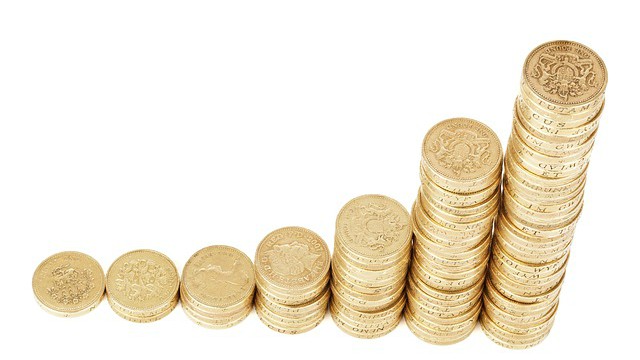There has been a lot of noise about rising interest rates lately. After almost a decade of near-zero interest rates, all the talk now is about how rapidly central bankers are going to hike them.
The US Federal Reserve is already doing it. It has lifted rates four times since the financial crisis, starting in 2015 and most recently in June, taking rates to the heady heights of between one and one-and-a-quarter per cent.
The Fed is no longer alone in looking to tighten. Last week, the Bank of Canada increased rates, from 0.5% to a dizzying 0.75%.
Analysts expect the European Central Bank to make its first upwards move within the next 12 months.
Even the Bank of England has been openly talking about higher rates, although given the UK’s troubled political and economic situation, we might see the Titanic raised first…
Rate shock
Periods of sustained interest rate hikes are thought to be bad news for stock markets, because they push up business borrowing costs, which erodes margins and hits profits.
Higher rates also put the squeeze on consumers, who pay more for mortgages, loans and credit cards. They spend less in the shops as a result, and businesses feel a secondary impact from lower customer spending.
Every sector doesn’t suffer. For example, banks tend to do better when interest rates rise, because it allows them to boost their net lending margins, which should more than offset the rise in borrower defaults.
Kill or cure
There is no need to panic. Central bankers will not risk anything that might choke off growth, given the fragile nature of the global economy. If stock markets signal that they cannot stomach their monetary medicine, doses will quickly be reduced.
Central bankers are already taking their time, knowing only too well that they have to pull off a tricky balancing act.
Some are still ruling out taking action: the Reserve Bank of Australia has just signalled that it will not consider hiking rates for some time.
In the US, Fed chairman Janet Yellen has also adopted a more dovish tone lately. Markets expect just one more increase this year, in December.
The ECB is in no hurry. As for the Bank of England? Dream on.
Buy, hold, repeat
A return to the days of 5% interest rates would be a welcome signal that the global economy has finally repaired itself, but it isn’t going to happen. Analysts suggest the current interest rate cycle could peak as low as 2%.
Investors can therefore tune out the noise and focus on the investment essentials. Which is buying top companies when they become available at attractive valuations, and holding them for the long-term to allow the growth and income roll up.
If you invest for the long term, and build a balanced portfolio, you can survive any number of interest rate cycles, in any direction.
So keep your eyes and ears on the game. All this talk of what central bankers will do next is just a distraction.








